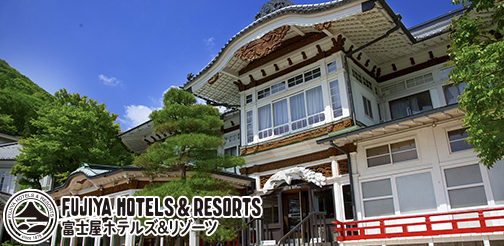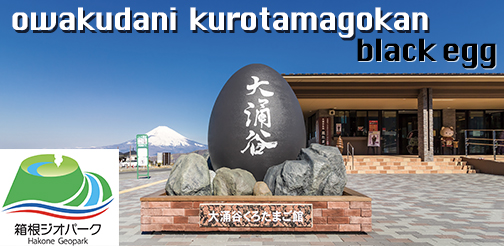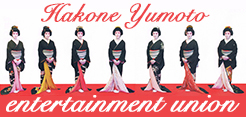Ashinoko Chaya Manju
The History of Wagashi
Wagashi
Japanese Wagashi, a traditional confectionery art, holds a cherished place in the heart of Japanese culinary culture. Renowned for its delicate flavors, intricate designs, and seasonal variations, wagashi represents a profound connection to the Japanese aesthetic and philosophy. Rooted in centuries-old traditions, these delectable treats are not only a feast for the taste buds but also a visual and cultural delight. Their history is intertwined with the evolution of Japanese society, reflecting the nation’s reverence for nature, its refined craftsmanship, and the art of savoring the ephemeral beauty of each passing season.
History:
The origins of wagashi can be traced back to the Nara period (710-794), when Japan began embracing aspects of Chinese culture, including the art of confectionery. Over time, as Japan developed its unique cultural identity, the craft of wagashi underwent significant transformations, blending indigenous ingredients and techniques with influences from China. Initially, these sweets were reserved for the aristocracy and were an integral part of tea ceremonies. However, with the spread of tea culture and the rise of the samurai class during the Edo period (1603-1868), wagashi gained popularity among the common people, becoming an essential part of various celebrations and daily life.
During the Edo period, wagashi artisans flourished, refining their skills and creating a diverse array of sweets that reflected the changing seasons and the beauty of nature. This period marked the establishment of wagashi as a distinctive art form, characterized by its emphasis on simplicity, elegance, and the use of natural, seasonal ingredients such as sweet bean paste, rice flour, and fruits. The refinement of wagashi continued to evolve, with different regions of Japan developing their unique styles and flavors, resulting in a rich tapestry of confectionery craftsmanship that persists to this day.
The Cultural and Culinary Significance of Wagashi
Wagashi embodies the Japanese philosophy of “wabi-sabi,” emphasizing simplicity, rustic beauty, and the appreciation of impermanence. Each wagashi creation reflects the delicate balance between the natural elements and the artisan’s meticulous craftsmanship, making them a visual representation of the changing seasons and the transient nature of life. Moreover, these sweets are intricately linked to various cultural practices, including tea ceremonies, seasonal celebrations, and religious rituals, signifying the deep spiritual and aesthetic values embedded in Japanese society.
The significance of wagashi extends beyond its visual appeal, as it plays a crucial role in fostering social connections and strengthening interpersonal relationships. Offering and sharing wagashi is considered a gesture of hospitality, friendship, and gratitude in Japanese culture. Whether enjoyed during traditional tea ceremonies, seasonal festivals, or casual gatherings, wagashi serves as a medium for fostering a sense of harmony and communion among individuals, transcending mere culinary pleasure to become an expression of shared cultural values and communal bonds.
Interesting Examples:
- Onsen Manju: Often filled with sweet bean paste, these can be found in most hot spring resort area. Covered with a soft cake like covering with a soft and sweet center.
- Yumochi: Made with sweetened glutinous rice and often mixed with different ingredients to add specific flavors or reflect the season. Azuki bean and yokan are popular ingredients.
- Nerikiri: These delicate, hand-molded sweets, often shaped like seasonal flowers or fruits, are crafted from sweet white bean paste and mochi, showcasing the meticulous artistry of the wagashi master.
- Dorayaki: A popular snack comprising two small pancake-like layers filled with sweet red bean paste, dorayaki represents a perfect balance of texture and flavor, combining the subtle sweetness of the pancake with the richness of the red bean paste.
- Hanabiramochi: Traditionally enjoyed during the New Year, hanabiramochi features a layer of sweet rice cake topped with sweet bean paste and a pickled cherry blossom, symbolizing the beauty and renewal associated with the spring season.
- Yokan: This jellied dessert, made from red bean paste, agar, and sugar, is served in slices and is renowned for its smooth texture and rich flavor, often enjoyed with green tea during tea ceremonies or as a delightful treat during the hot summer months.
These examples merely scratch the surface of the diverse and intricate world of Japanese wagashi, each with its unique cultural and culinary significance, reflecting the essence of Japanese craftsmanship, aesthetics, and seasonal sensibilities.
In summary, Japanese wagashi transcends mere culinary indulgence, serving as a testament to the rich cultural heritage, artistic excellence, and profound spirituality of Japan. Its delicate flavors, refined designs, and deep-rooted traditions continue to captivate the world, offering a sensory journey that embodies the essence of Japanese culture and philosophy.
















